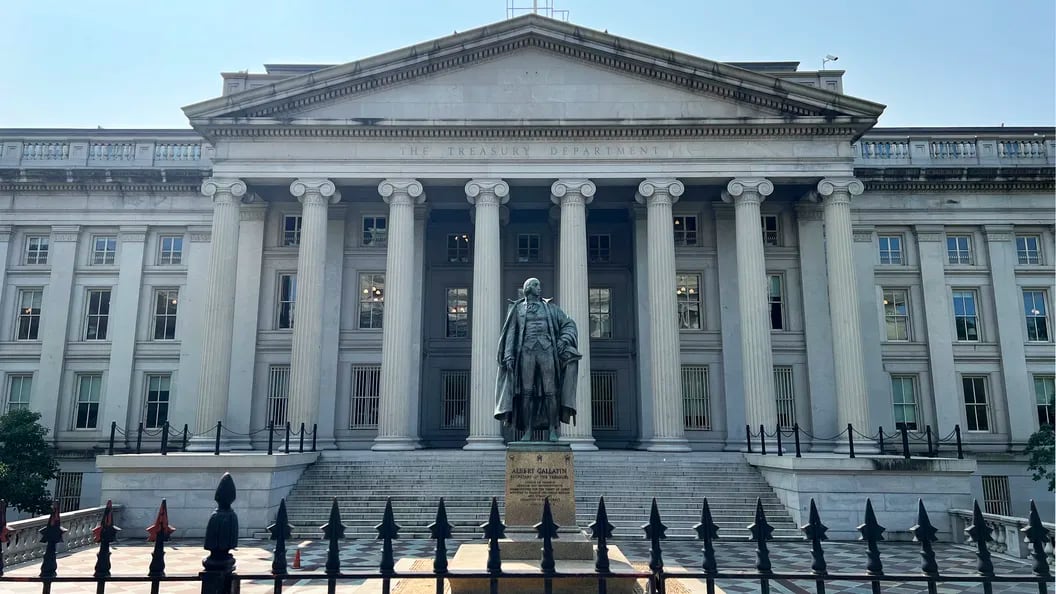
U.S. Financial Inclusion Strategy Overlooks Cryptocurrency
The new strategy from the U.S. Treasury Department promotes financial inclusion but only mentions crypto as a risk, contrasting with a more favorable stance from Vice President Harris during her campaign.
A new strategy from the U.S. Treasury Department to enhance financial inclusion does not consider cryptocurrency as a viable solution; instead, it only refers to the technology as a risk.
The initiative from the Biden administration contrasts with Vice President Kamala Harris, who has recently been more supportive of crypto in her campaign for re-election.
The 35-page report from the Treasury briefly acknowledges cryptocurrency when discussing its hazards but emphasizes its commitment to financial inclusion without reliance on digital assets.
While Harris promotes crypto in her economic agenda, the Treasury’s new stance may suggest a disconnect as the election approaches.
In a report cited by the Treasury’s Secretary Janet Yellen, the administration calls for financial security through safe and affordable products. This reflects a framework that may not find merit in the arguments made by crypto advocates regarding accessibility and inclusion.
Concerns remain about how this approach aligns with the evolving views of the administration, especially as Harris’s campaign pushes for crypto-friendly policies, despite recent prison reform proposals from Donald Trump that emphasize regulatory skepticism towards digital currencies.


